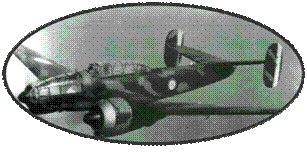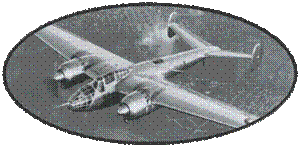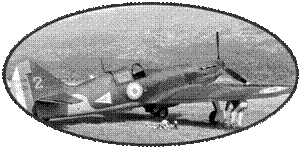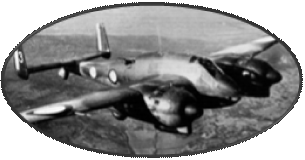100
Caproni 164 was sold by the Italians in France.
To
date, of the
100 aircrafts
manufactured,
0 are
listed in the list below :

In 1937, the Italian Ministry
of Air launched a tender for a single-engined aircraft to replace
the Ca.100. Societies Saiman and Caproni respond to demand. Caproni,
which won the market, offers a new device, the Ca.164, evolution
of the current Ca.100.
The Ca.164, studied by Raffaele
Conflenti, is a two-seat biplane with inverted sesquiplan wing:
the shortest plane is the upper wing. It is of mixed wood and steel
conception: the wing structure is made of wood, formed in Plywood
on the leading edge and covered on the rest. The fins are arranged
on the lower wing and the two wings are connected by tubular steel
mats and cables. The fuselage consists of a welded tubular structure
covered with Duralumin at the front and lined for the rear part.
The aircraft is equipped with dual-controls, the instructor taking
place in the rear cockpit. The Ca.164, heavier than the Ca 100,
receives an engine Alfa Romeo 115-I 6 Cylinders of 185 hp more powerful
than that of his predecessor (85 hp). The apparatus is to be produced
in the Caproni Aeronautica Predappio factories near Forli. The manufacture
of Ca.164 will save the site, whose only activity, the licensed
production of Savoia-Marchetti SM81, will end.
The Caproni Ca.164 makes
its first flight November 17, 1938 in Forli. The first tests show
a lack of maneuverability and modest performance. A comparison with
a Breda Ba25 confirms the little gains made by the Ca.164 ... However,
the Department of Flight Testing first issued a favorable opinion
on the aircraft in December 1938, before asking for a set of changes
to try to improve the aircraft. A pre-order of a dozen Ca.164 is
still launched in order to judge the device in a real context. But
General Giuseppe Valle, Under-Secretary of State at the Ministry
of the Air, ignoring the recommendations, launches an order of 50
copies ...
After the application of
the requested changes, the Ca.164 is tested again, but in March
1939, it is confirmed that the device does not bring improvements
compared to Breda.25 or Ca.100 ... From Due to its poor handling,
the aircraft can not be used in the Freestyle School, and its role
will be to provide an easy-to-ride frame for students to increase
their flying hours. 150 new copies will be ordered from this perspective.
Serial production really began in July 1939, and the first production
aircraft was presented in flight school in the autumn of 1939. In
March 1940, a commission chaired by General Francesco Pricolo wondered
about the best possible use of Caproni Ca.164, and finally, the
aircraft will be used mainly as a liaison aircraft within the Italian
bombing units. Some copies will be used from June 1941 for the training
of night fighter pilots, others will be converted into target tugs.
In total, approximately 280 units will be taken into account by
Régia aeronautica.
It was in January 1940 that
France ordered 100 Caproni Ca.164 to Italy. This order responds
more to a desire to keep good relations with Italy, than to a real
need... It seems that the majority of delivered aircraft were transferred
to AFN.













